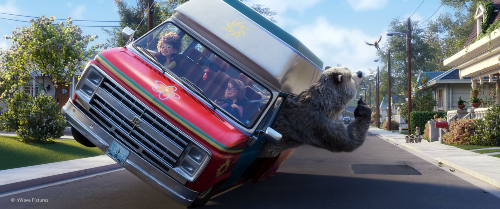
“There has been tremendous improvement in both the hardware and the software enabling us to push the boundaries of what is possible to do with a computer.” – Ben Stassen
Film Director, Producer and Screenwriter Ben Stassen is Belgian. His films include Devil’s Mine, Alien Adventure, Encounter in the Third Dimension, Haunted Castle, and Fly Me to the Moon. Stassen also produced and directed Wild Safari 3D, the first 3-D wildlife film for the giant screen in 2005.
His latest film, BigFoot Family, is a 3D animated feature film and is based upon an original story by Stassen. It was written by Bob Barlen and Cal BrunkerIt. The film is the sequel to Son of Bigfoot that was released internationally in 2017 and grossed more than $50 million worldwide. BigFoot Family was featured in Annecy’s online film festival earlier this year.
The Global Search for Education is pleased to welcome Ben Stassen.
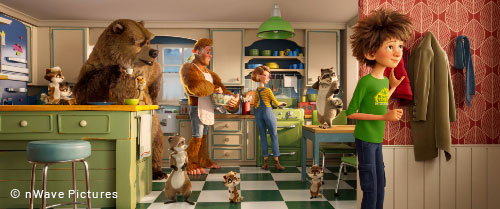
“The key to our success is that we have owned everything we produce from the very beginning.” – Ben Stassen
Why do you think BigFoot Family resonates so strongly with a broad global audience?
We knew from our first Bigfoot film that audiences liked the main characters and personally, my favorite characters were Trapper, the raccoon, and Wilbur, the bear. My attachment to these two characters was one of my main motivations to do another Bigfoot film. Trapper and Wilbur have much broader roles in the new film and they bring tremendous humor to the story. We did not want to create a traditional sequel, a follow-up to the original story. Bigfoot Family stands alone as a brand new story audiences will be able to enjoy even if they have not seen the first film.
How has the animation process changed since your first feature film in 2008? What role has technology played?
The animation process has not changed that much since Fly Me To The Moon. There has been tremendous improvement in both the hardware and the software enabling us to push the boundaries of what is possible to do with a computer. We have developed a whole array of tools to improve our production pipeline, but overall the process has not changed that much for the last 10 years.
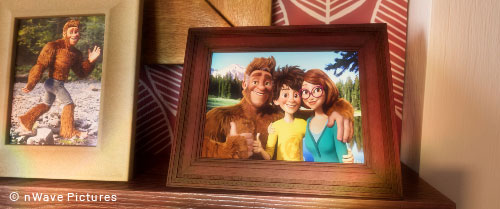
“The digital revolution has given us the tools to compete with the best and biggest studios anywhere in the world.” – Ben Stassen
Your company, nWave, has been able to make some extraordinary larger than life films and attraction films. What’s the secret behind the success? What lessons have you learned in the process that you’re able to share?
The key to our success is that we have owned everything we produce from the very beginning. By owning the copyright to all of our films, we have been able to build a substantial library that keeps on generating revenues year after year. This is true for the specialty films we distribute ourselves and for the feature films released by third-party distributors. Without that stream of revenues, we would not have been able to survive financially, or at the very least we would not have been able to maintain our independence.
COVID19 has affected films and filmmakers everywhere. What are the personal challenges you have faced with regards to the creative process and the marketing process?
The pandemic has spared our digital studio to a certain extent. Contrary to live-action film producers, we have been able to keep our production going with teleworking to a great extent. We met our delivery deadline on Bigfoot Family and we have not lost too much time on the production of our next project. So on the production side, we are OK. But I am quite nervous as far as the release of the film is concerned. Will the public return to the cinemas? I believe that the typical film audience, the 15 to 25 year old, will be the first to return. As for the families…? We just don’t know at this stage.
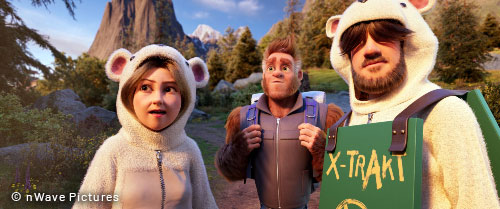
“Choosing a company where an animator will be able to progress and grow is the key to success.” – Ben Stassen
The world of film has changed. What advice do you have for young filmmakers who are starting out today?
The digital revolution has given us the tools to compete with the best and biggest studios anywhere in the world. Whether you are in Los Angeles, Brussels, or a South Pacific island, we now have the tools to create great content at a reasonable cost. As importantly, the digital revolution is also making it possible to distribute your content in ways that were unthinkable 10 or 20 years ago. But the technology has become more and more sophisticated. So my first advice would be to get a good education. When we started 30 years ago, a lot of animators were self-taught. This is no longer possible. Then it is all a question of making the right career choice, at the right time. It is tough to run an animation studio – very few survive over the long run. Choosing a company where an animator will be able to progress and grow is the key to success.
(Photos are courtesy of ©nWave Pictures, ©Octopolis)
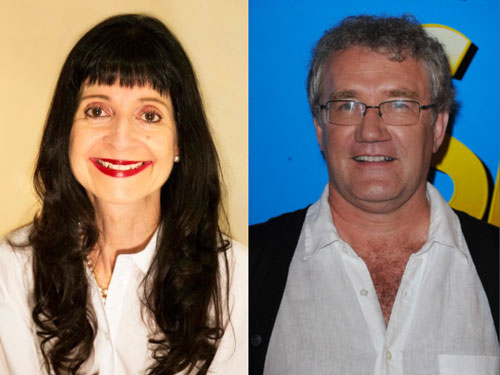
C.M. Rubin and Ben Stassen
Thank you to our 800 plus global contributors, artists, teachers, entrepreneurs, researchers, business leaders, students and thought leaders from every domain for sharing your perspectives on the future of learning with The Global Search for Education each month.
C. M. Rubin (Cathy) is the Founder of CMRubinWorld, an online publishing company focused on the future of global learning, and the co-founder of Planet Classroom. She is the author of three best-selling books and two widely read online series. Rubin received 3 Upton Sinclair Awards for “The Global Search for Education.” The series, which advocates for Youth, was launched in 2010 and brings together distinguished thought leaders from around the world to explore the key education issues faced by nations.
Follow C. M. Rubin on Twitter: www.twitter.com/@cmrubinworld

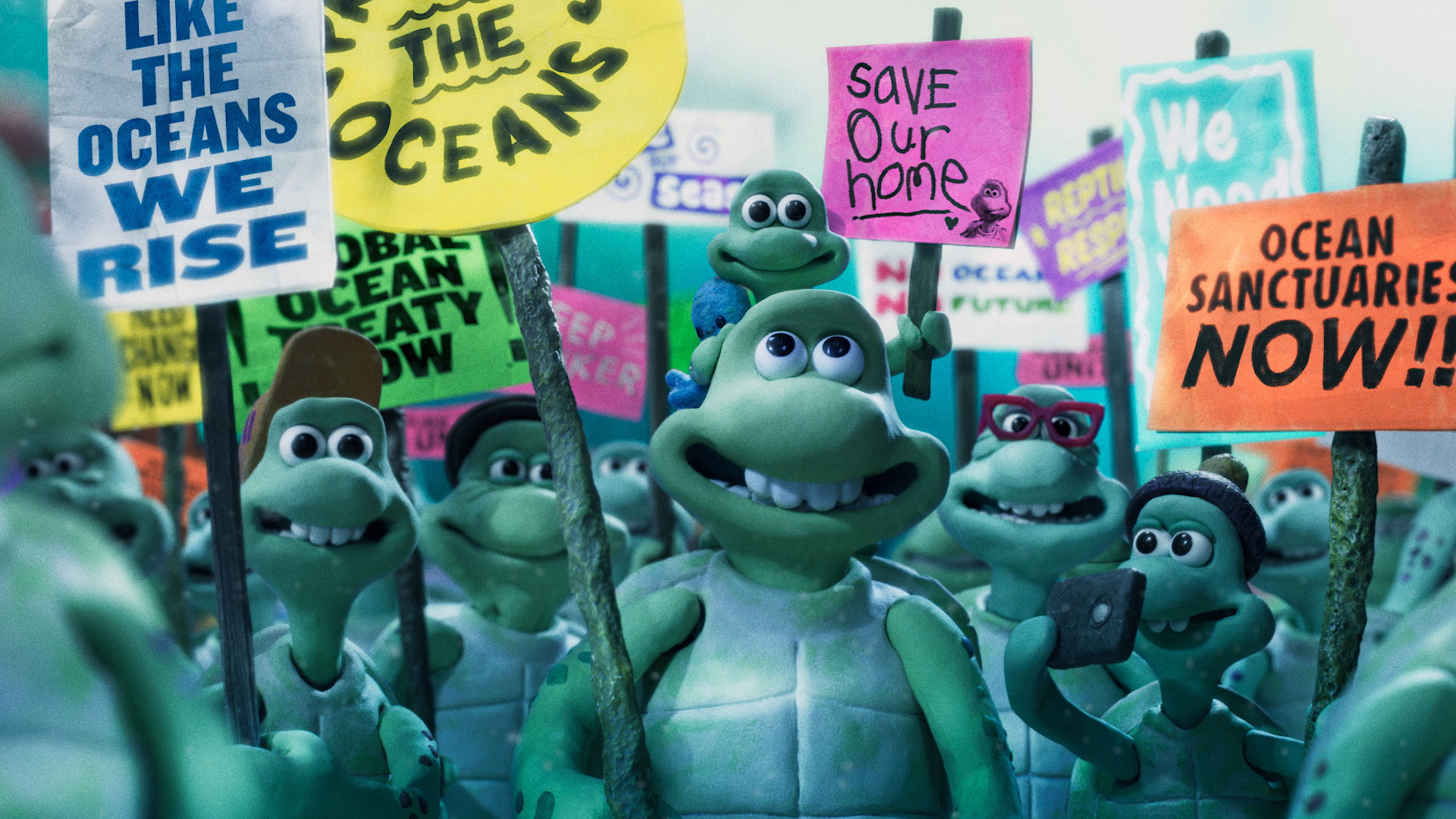
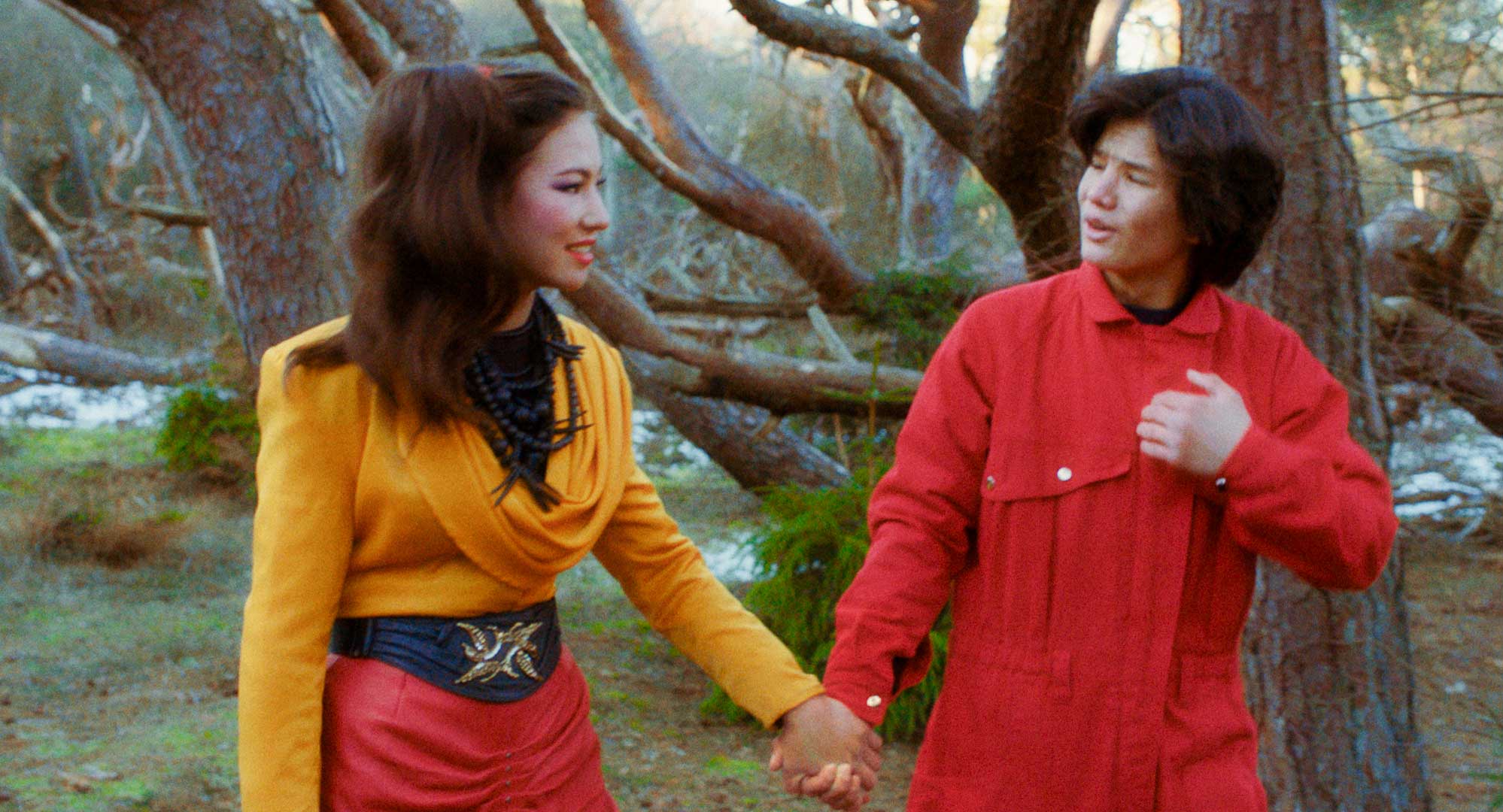
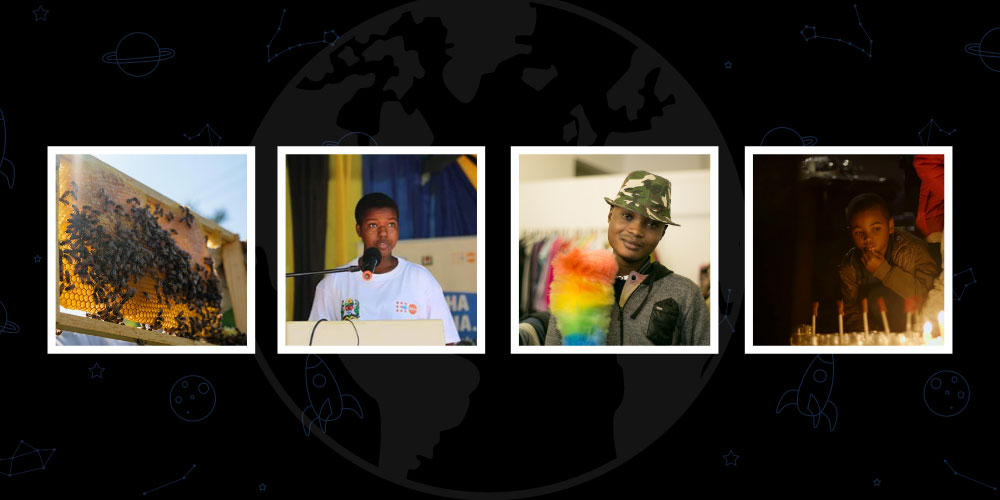
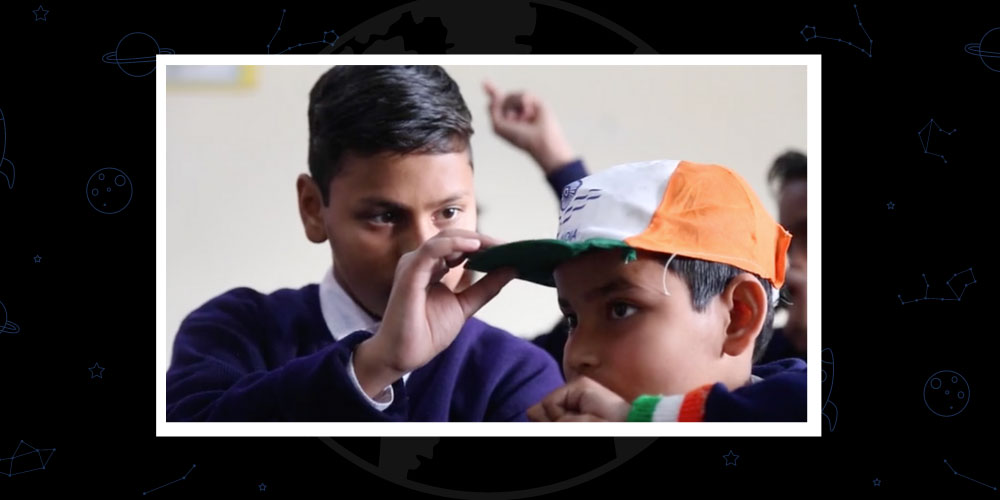
Recent Comments